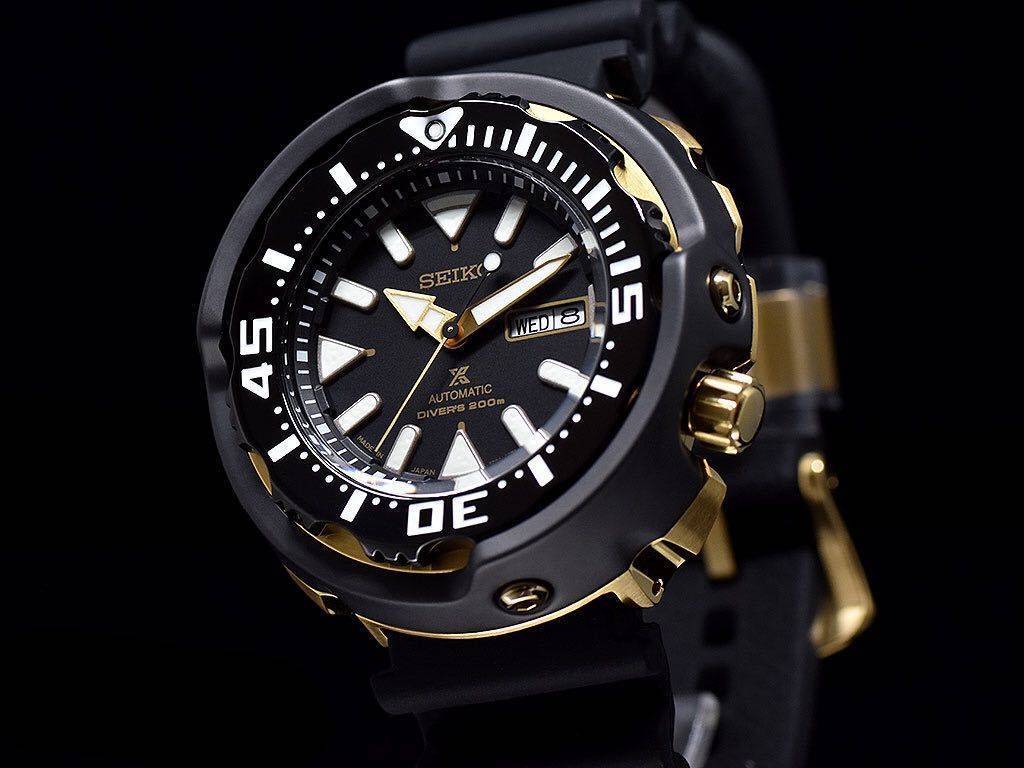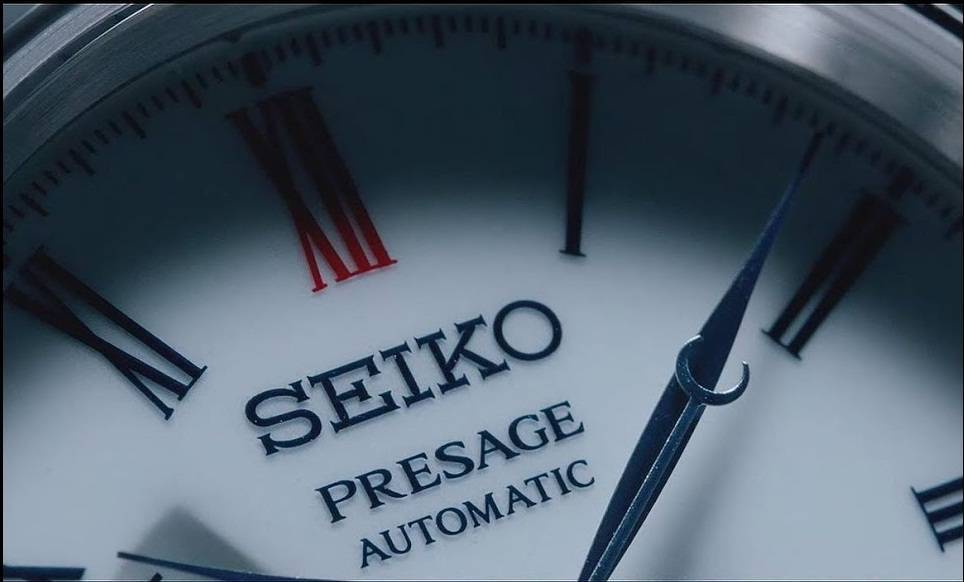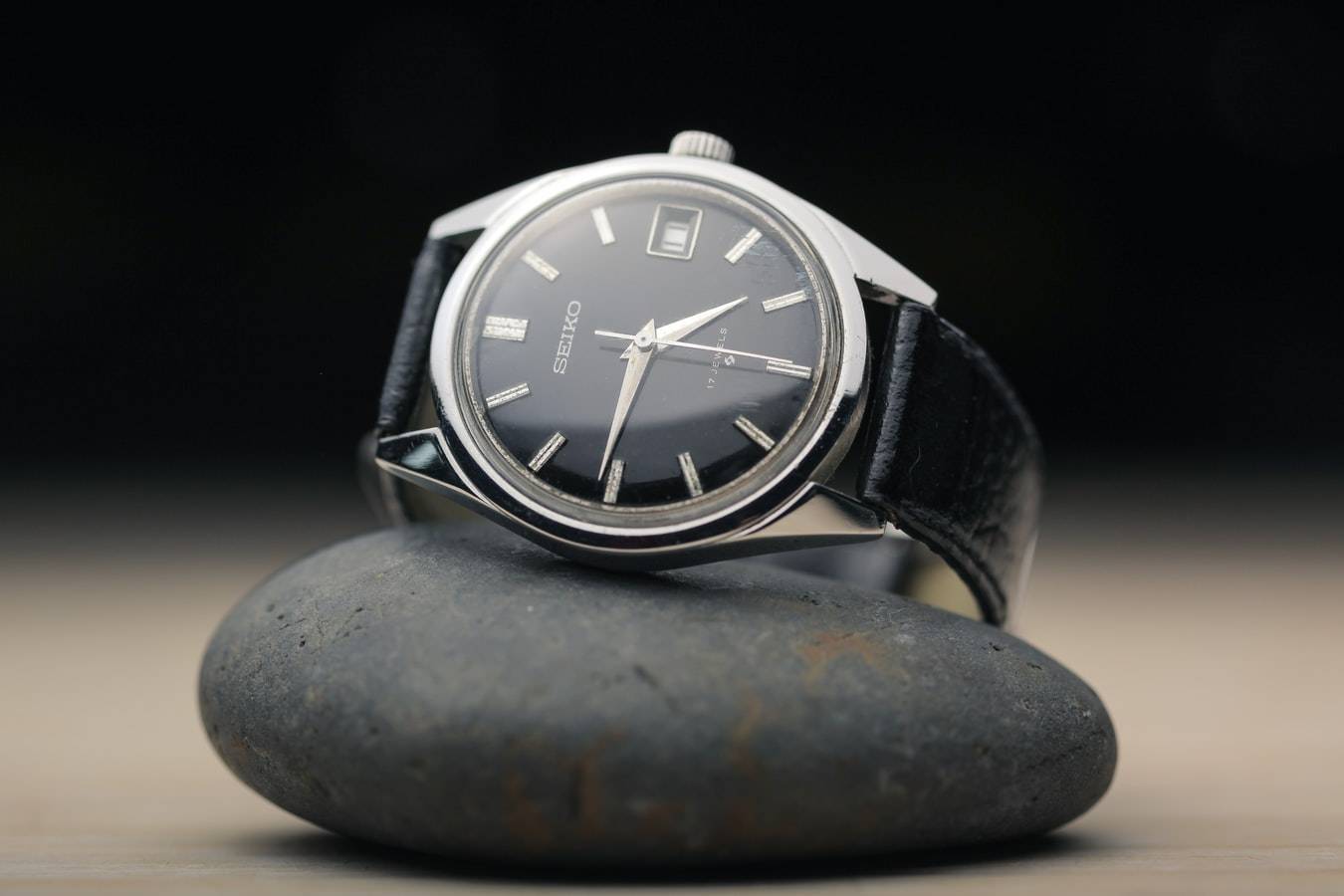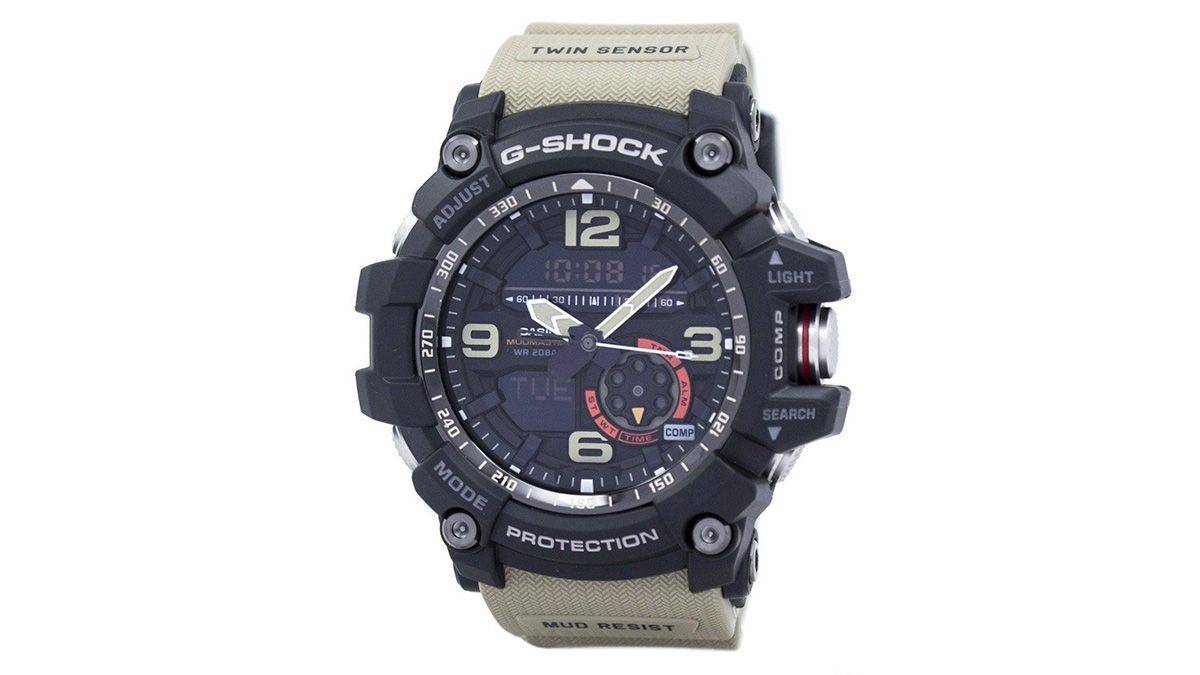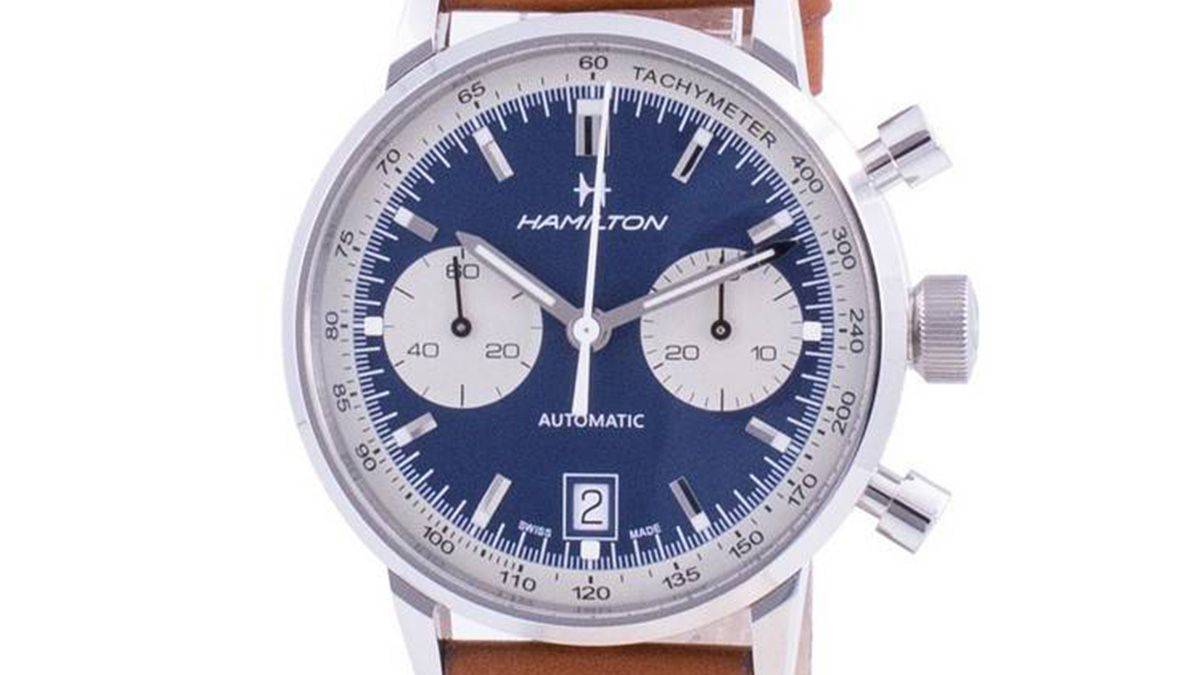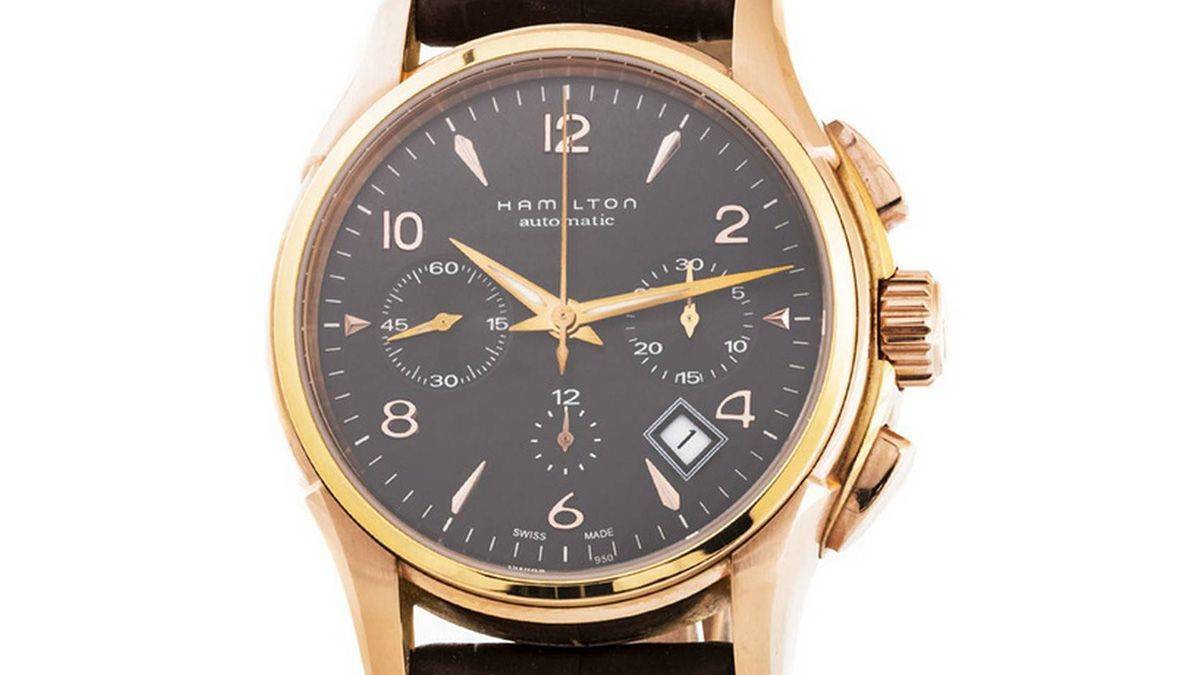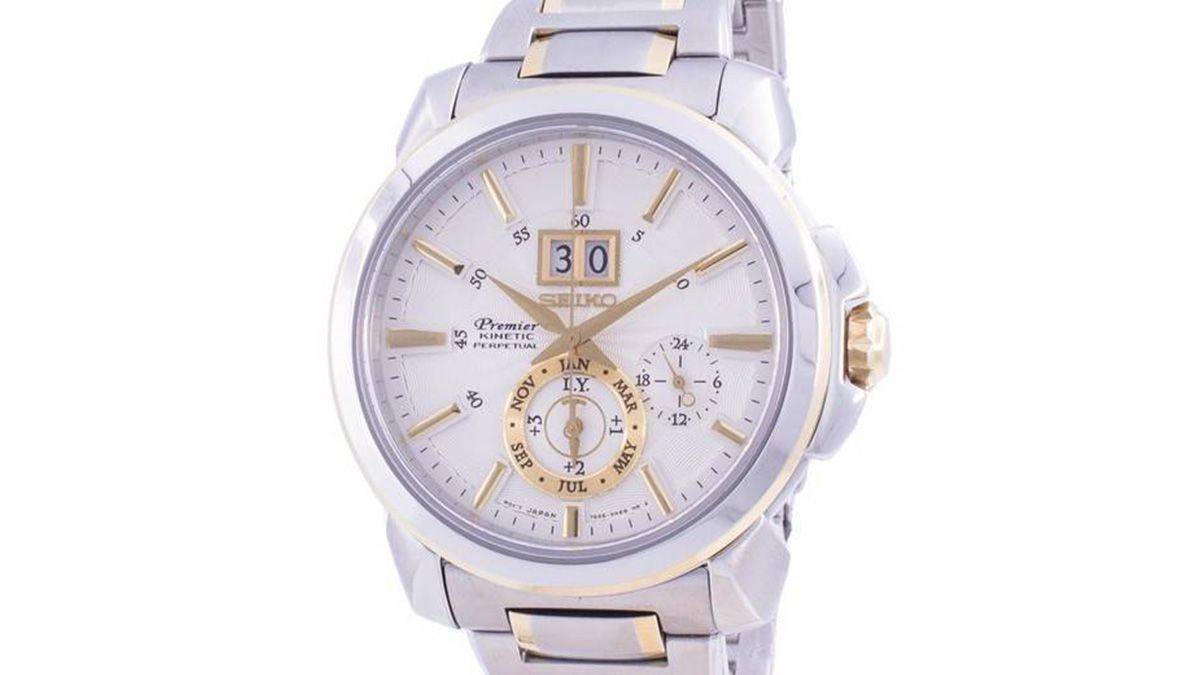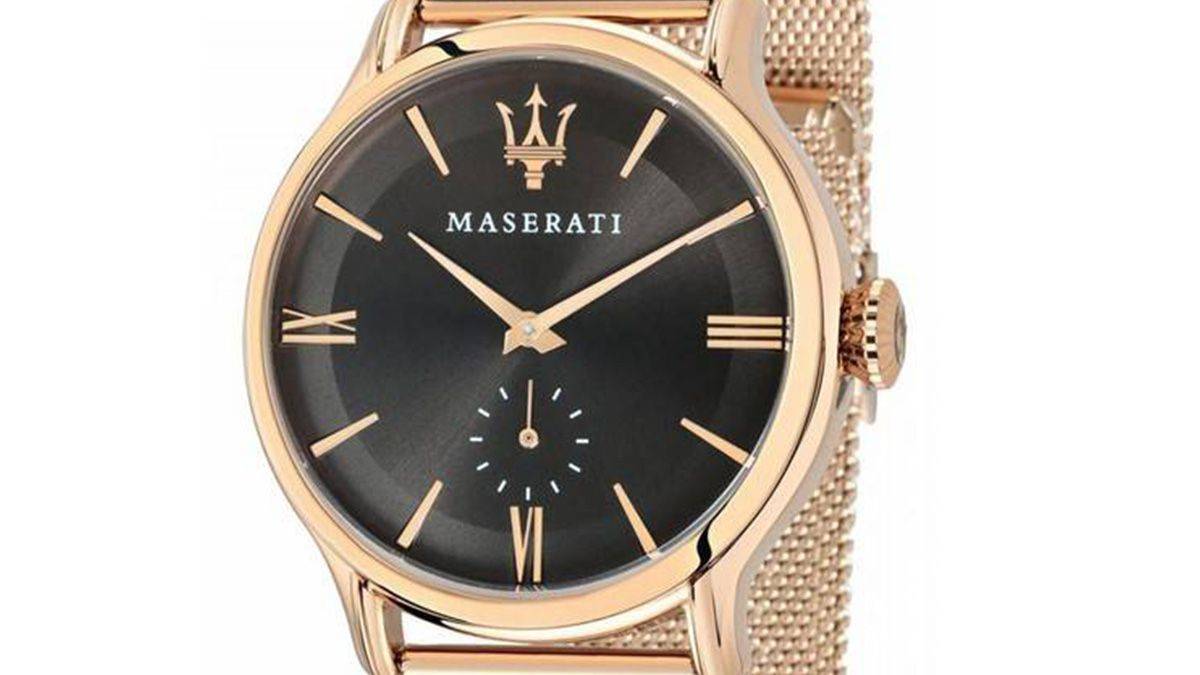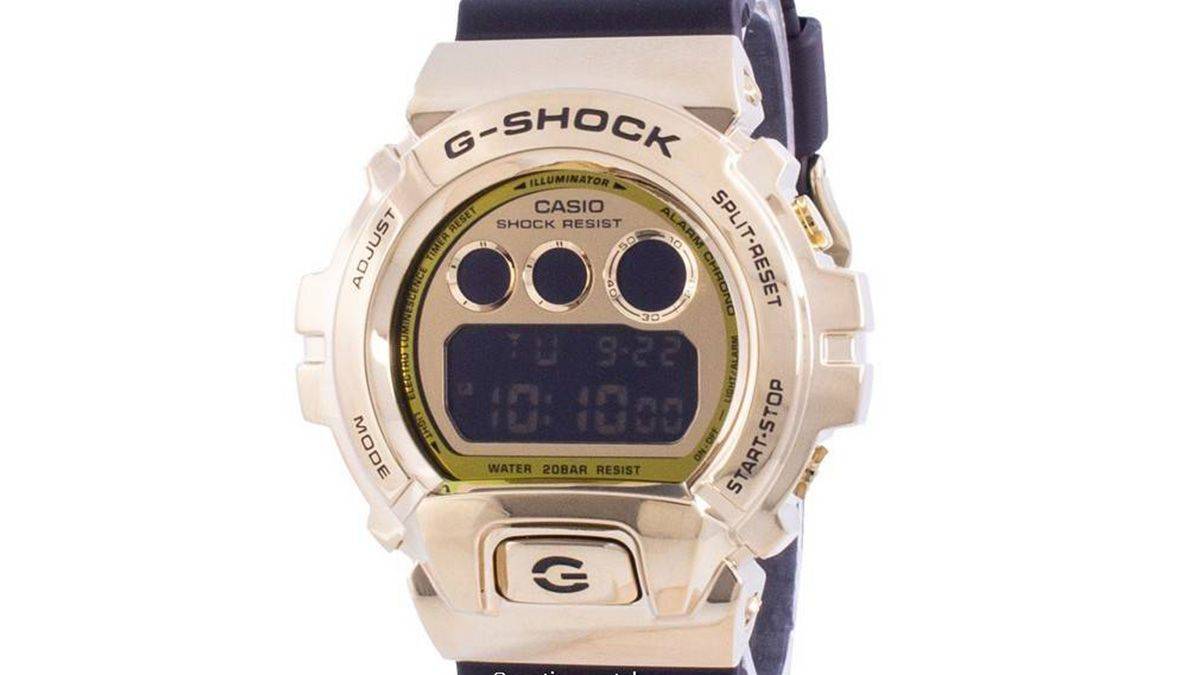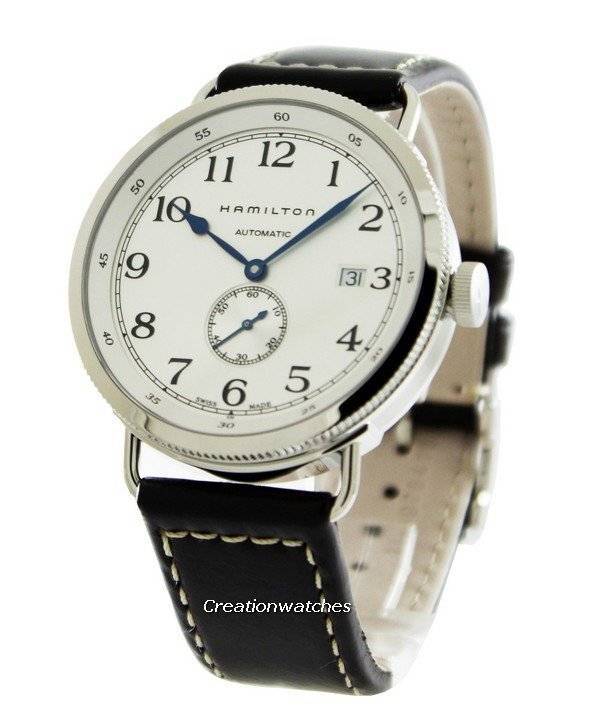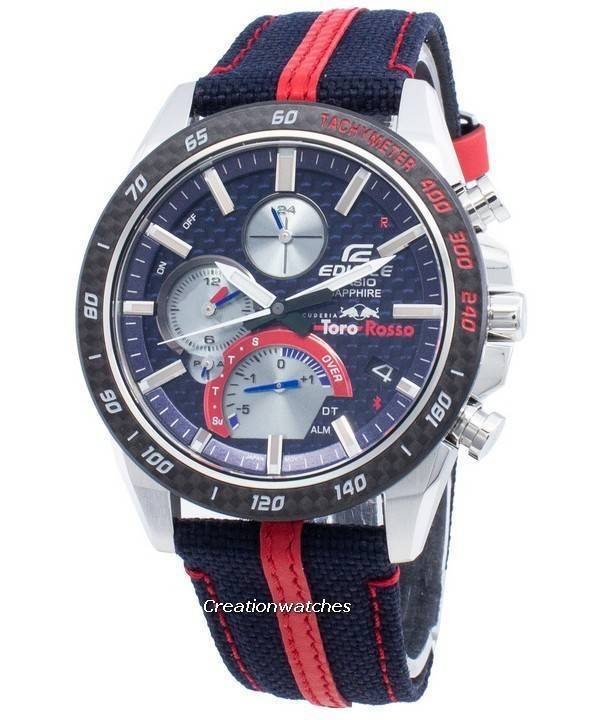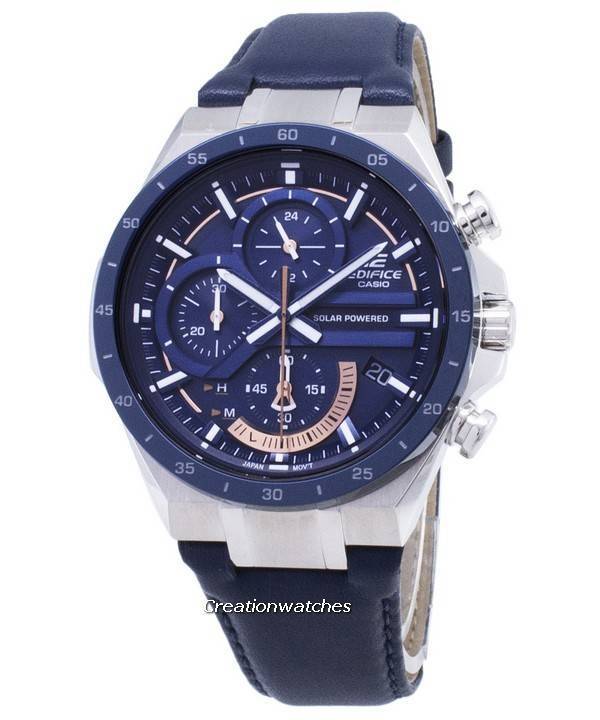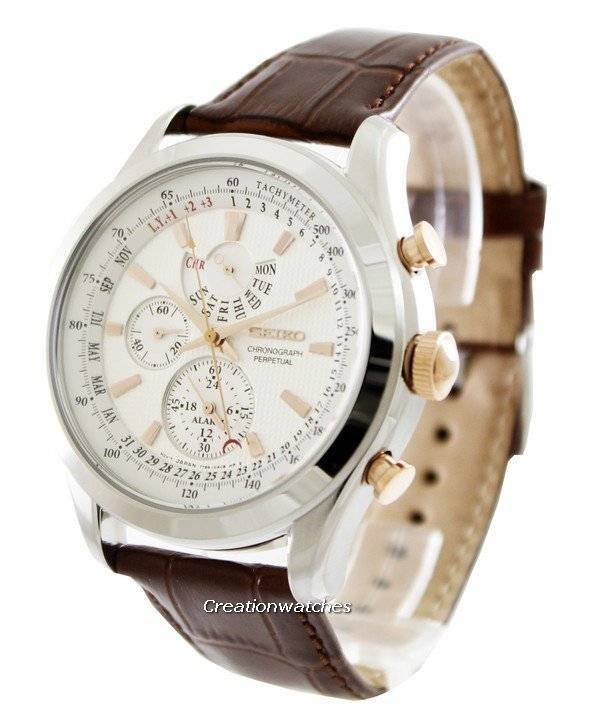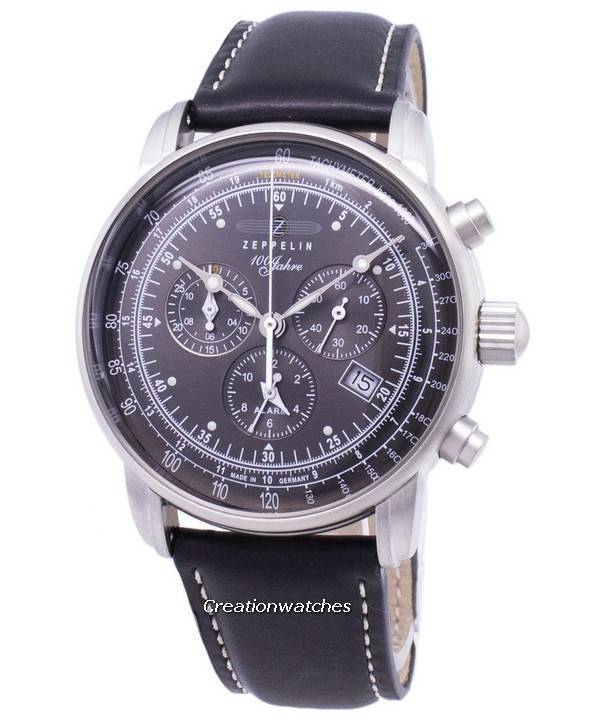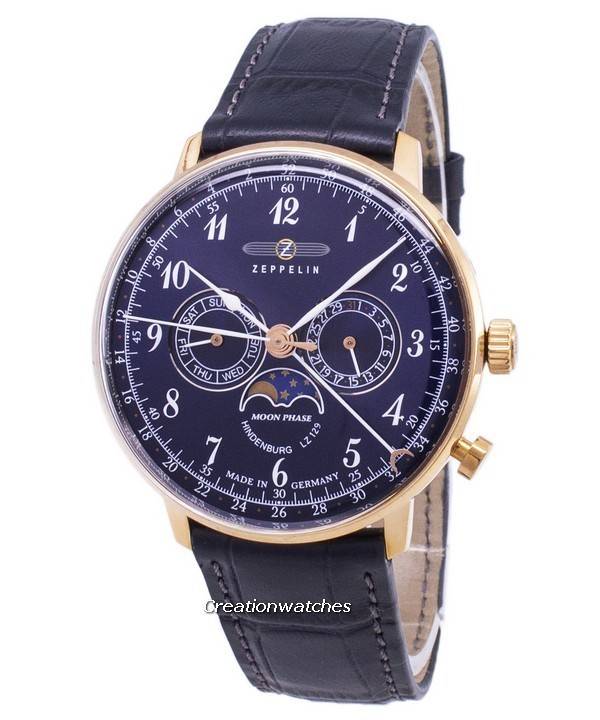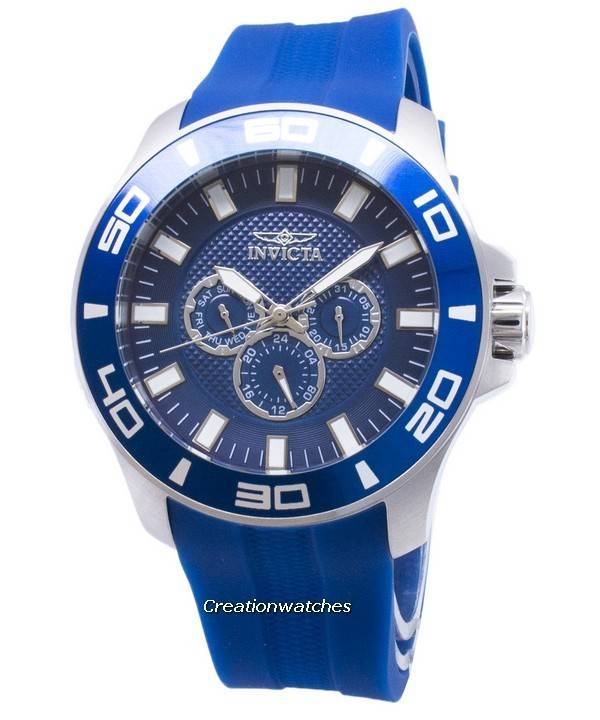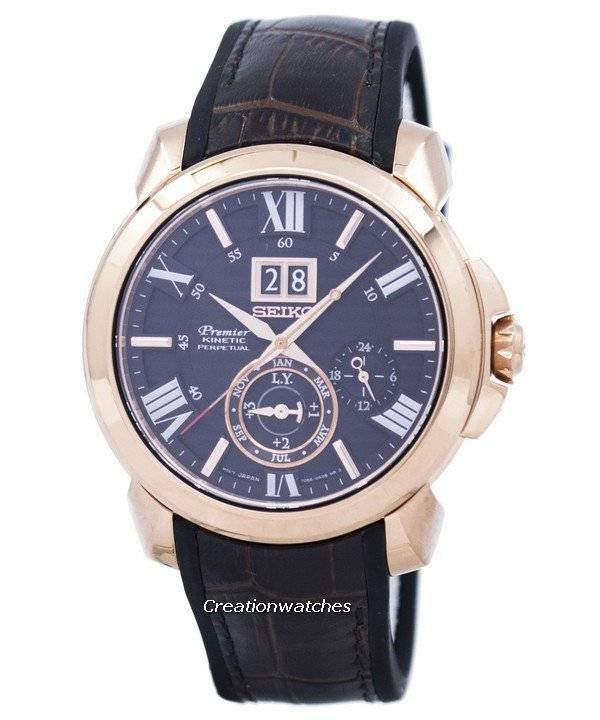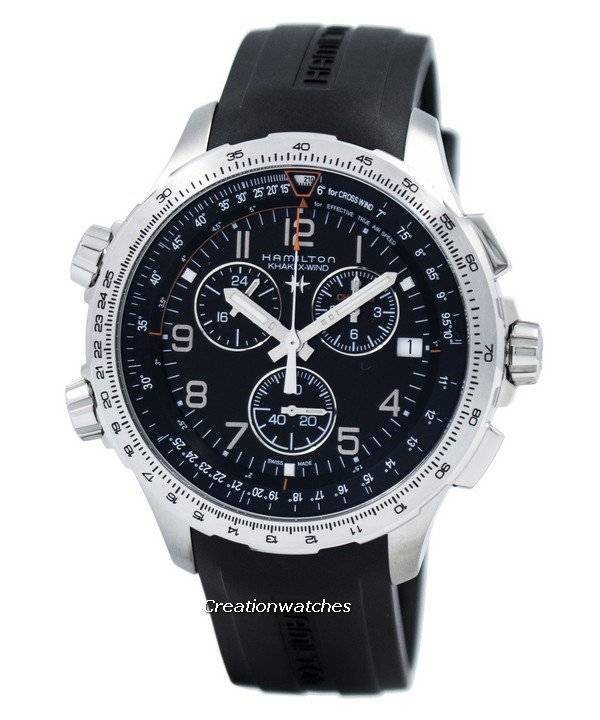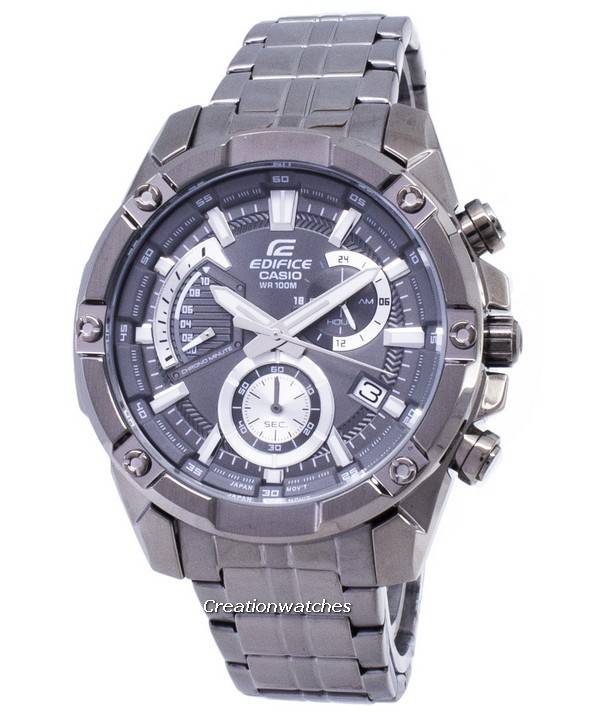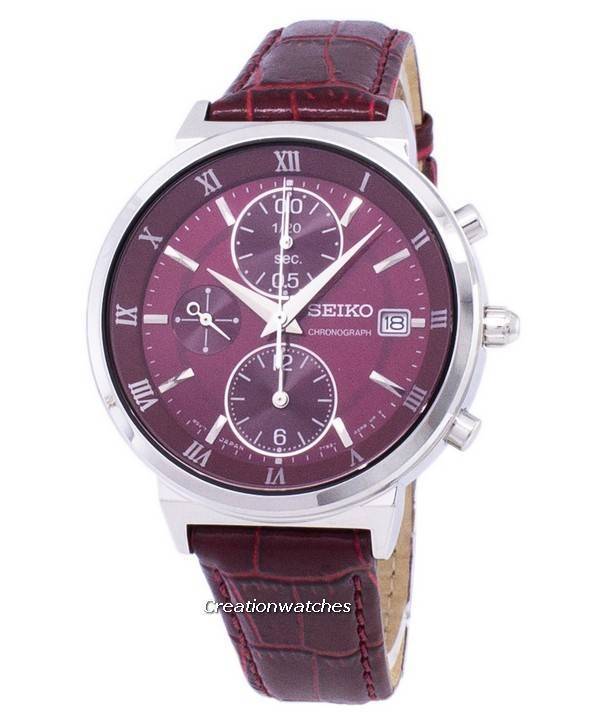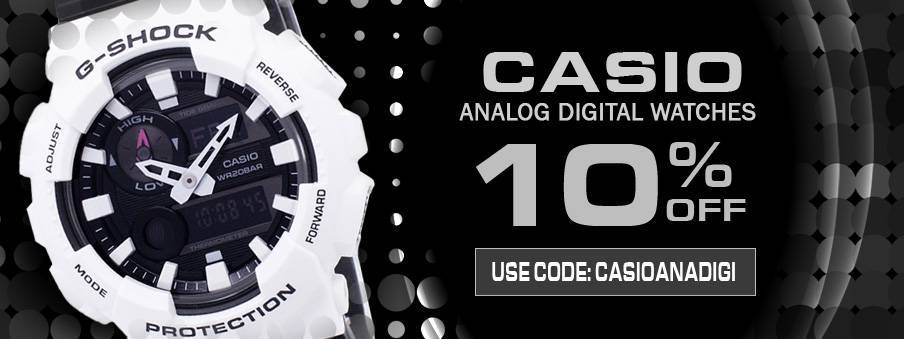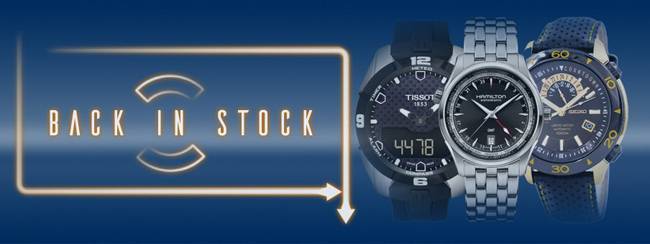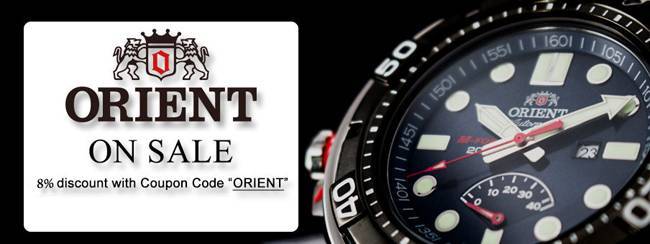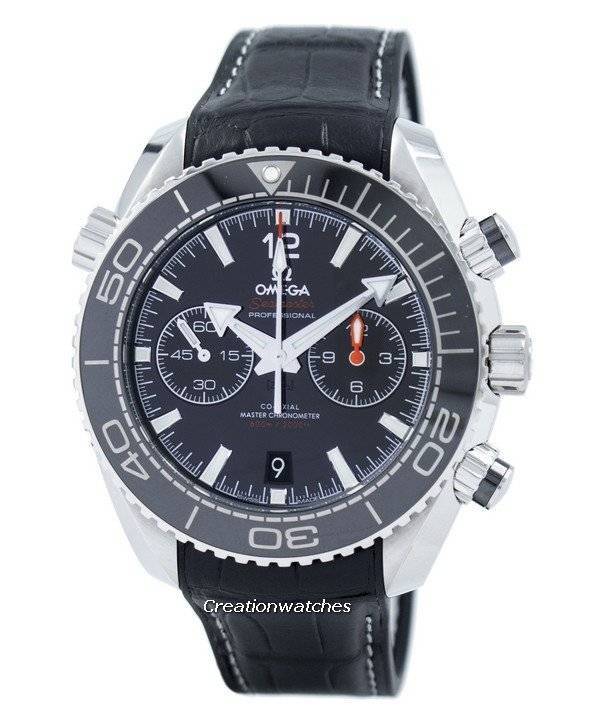
That proverbial “3-dialled watch” is kind of every newly-jobholding, young adult’s dream and that desperation, as noticed, results in a lot of impulse purchases. Unless you select your chronograph right, soon it will become just another watch with nothing great about it apart from its chronograph look. You must also put your chrono to use from time to time; if nothing, then to keep the motor running.
Why run it silly? Make some use of that. See if it fits into anything in your daily life!
For that, you must know the chrono-types. Here we go!
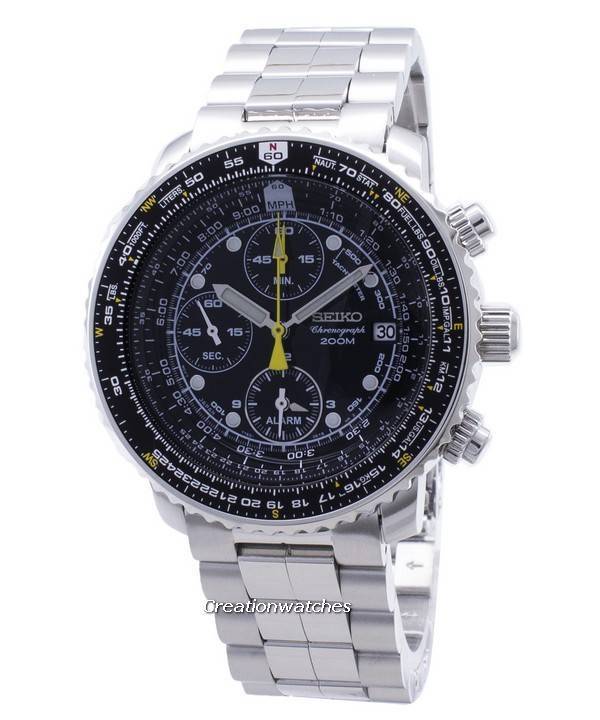
Scales found most frequently around the chronograph:
- Tachymeter: Measures speed. Start and then stop the chronograph when moving object reaches a given marker placed at one kilometer/one mile of distance from the objects point of start. The chronograph’s seconds-hand shall indicate the corresponding speed on the scale (mph/kmph).
- Pulsometers: Measure heartbeats. These are also called doctor’s watches, with chronographs featuring a simple, reliable rapid heart rate reading scale. You got to count a determined number of pulsations (calibrated 15 or 30) and stop the chronograph to read the pulse per minute.
- Telemeters: Measures the span between an event’s initiation and termination. Uses the difference between the speeds of light and sound. Start chronograph when an event is seen and stop when heard (e.g. lightning). The chronograph seconds hand shall indicate the distance of the event from your present spot.
- Countdown timers: Measures the time you got left before deadline. Placed usually on rotating bezels and work independently from the chronograph.
The chrono– types
- Fly-back: French call it the retour-en-vol; they return to zero and start counting immediately. All with a single push of a button. Appreciated for saving time with its instant retiming feature.
- Rattrapante: It’s split-second in English; doppelchronograph in German. 2 superimposed seconds-hands time two different events at a time, at two different intervals. It can stop and point at an intermediate time while the other one keeps running. The stopped hand catches up with the moving hand when the pusher is pressed for the second time.
- Foudroyante: The same ones as you call the one-fifth or one-tenth seconds chronographs. Sometimes, they get multiple dials to show the finer divisions of a second.

About movements
The fundamental types of chronograph movements; technically, are either modular or integrated.
An integrated chronograph movement is intended to become a chronograph movement right from its conception. Modular chronograph movements are a base caliber added with a chronograph module. Modular movements are flexible and if you are planning to go for very high-end,, expensive mechanical modules, Dubois-Dépraz from the Vallée de Joux, designs and manufactures some of the bests.
Watch(es) mentioned in this post are listed below. Click to see details and buy them:
- https://www.creationwatches.com/products/seiko-quartz-262/seiko-pilots-flight-alarm-chronograph-sna411-sna411p1-sna411p-mens-watch-906.html
- https://www.creationwatches.com/products/timex-watches-434/timex-intelligent-indiglo-fly-back-chronograph-quartz-t2n700-mens-watch-13514.html
- https://www.creationwatches.com/products/seiko-quartz-262/seiko-chronograph-perpetual-calendar-spc131-spc131p1-spc131p-mens-watch-5197.html
- https://www.creationwatches.com/products/seiko-prospex-299/seiko-prospex-divers-solar-chronograph-200m-ssc615-ssc615p1-ssc615p-mens-watch-11657.html








